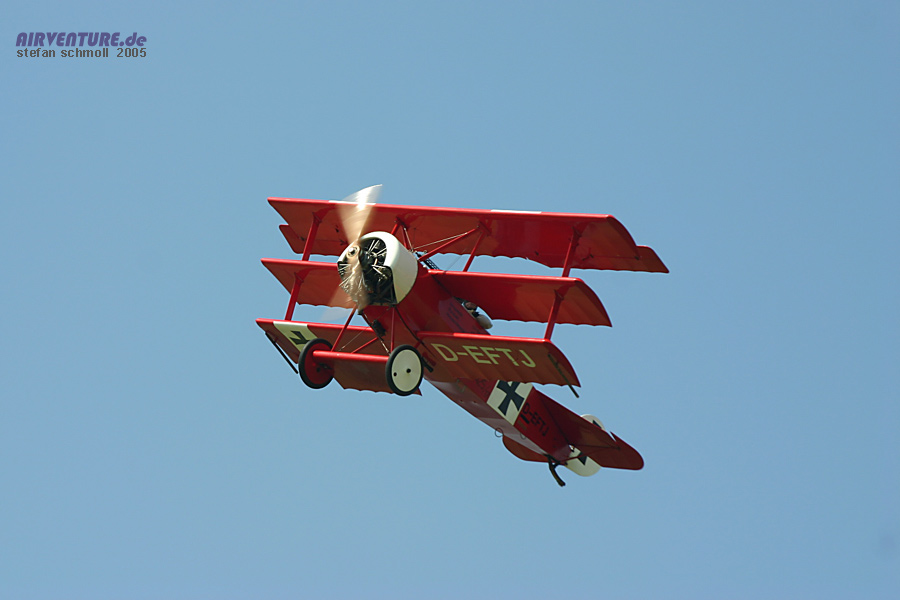WacoFan
Bigly
The Corsair was nicknamed "Whistling Death" by the Japanese. I have heard this sound once, at an airshow in Conroe, Tx when a guy was performing a routine in his Corsair (this, after he jumped out of his Mustang after giving a Mustang routine). He did a high-speed pass and on the dive the airplane pulled vapor trails off the wingtips and made an eerie whistle/scream that was distinct from the engine (and complimentary). To imagine several of these things diving on your position shooting .50 cal ammo and dropping napalm on you is a scary prospect...all the while "calling its shot" with the weird and scary whistle. It was at that point I decided that the Corsair may be the baddest of them all as far as WWII fighters go.




